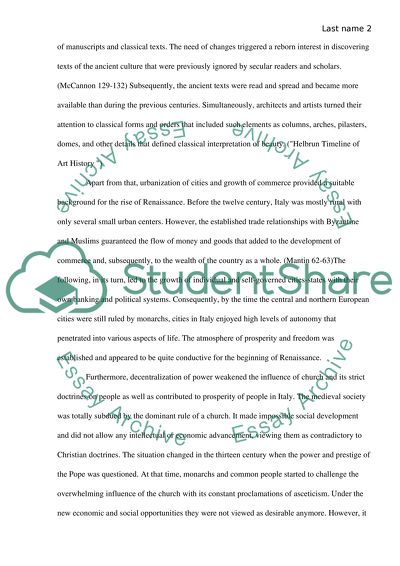Cite this document
(“Causes of Renaissance Essay Example | Topics and Well Written Essays - 1250 words”, n.d.)
Causes of Renaissance Essay Example | Topics and Well Written Essays - 1250 words. Retrieved from https://studentshare.org/history/1699960-causes-of-renaissance
Causes of Renaissance Essay Example | Topics and Well Written Essays - 1250 words. Retrieved from https://studentshare.org/history/1699960-causes-of-renaissance
(Causes of Renaissance Essay Example | Topics and Well Written Essays - 1250 Words)
Causes of Renaissance Essay Example | Topics and Well Written Essays - 1250 Words. https://studentshare.org/history/1699960-causes-of-renaissance.
Causes of Renaissance Essay Example | Topics and Well Written Essays - 1250 Words. https://studentshare.org/history/1699960-causes-of-renaissance.
“Causes of Renaissance Essay Example | Topics and Well Written Essays - 1250 Words”, n.d. https://studentshare.org/history/1699960-causes-of-renaissance.


